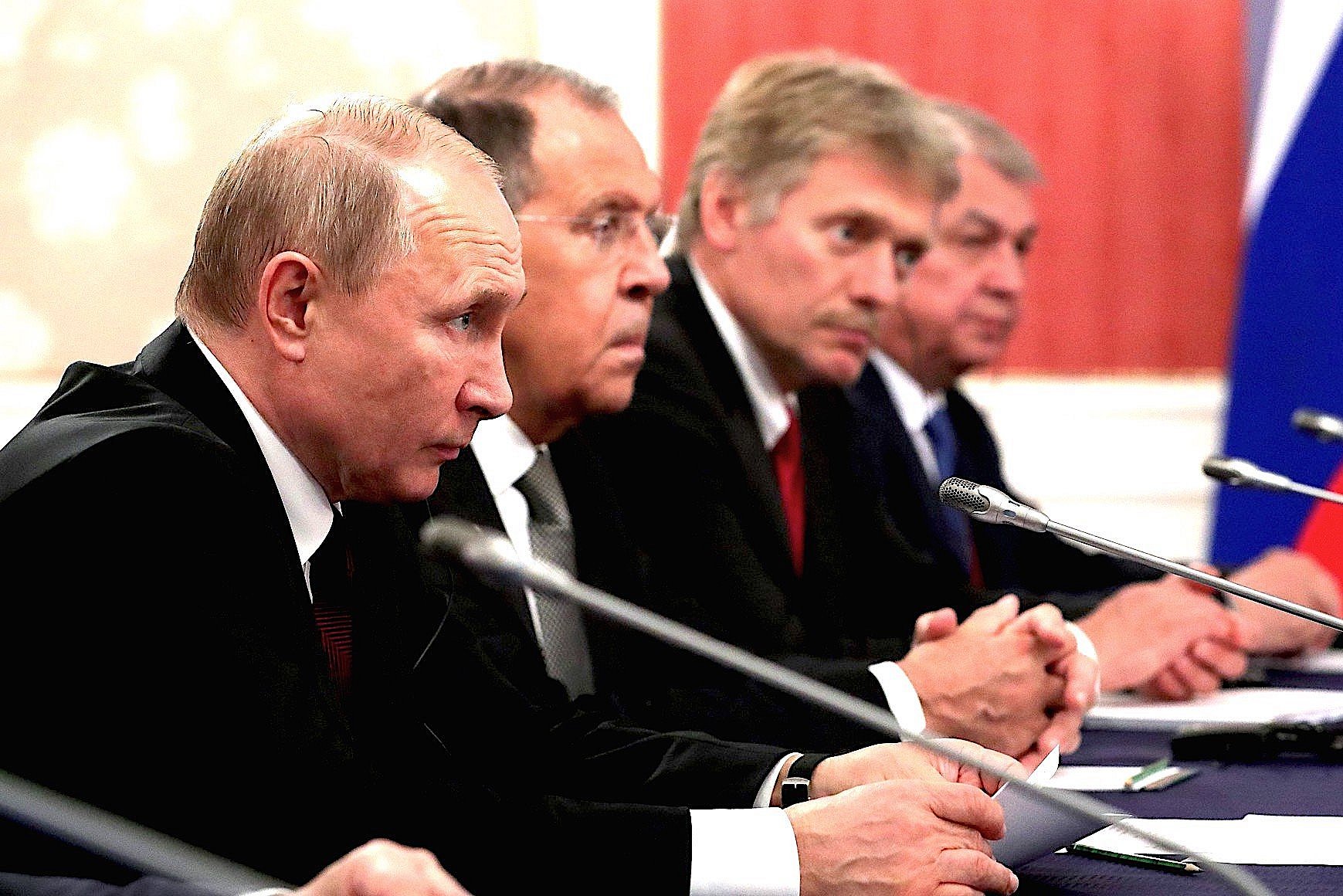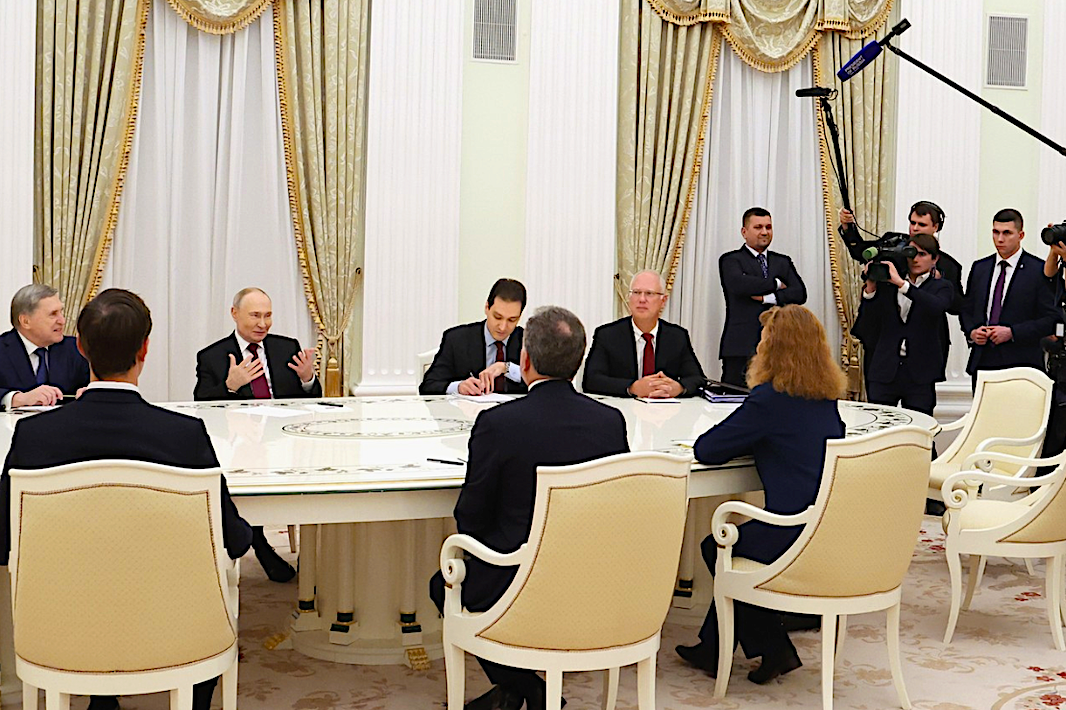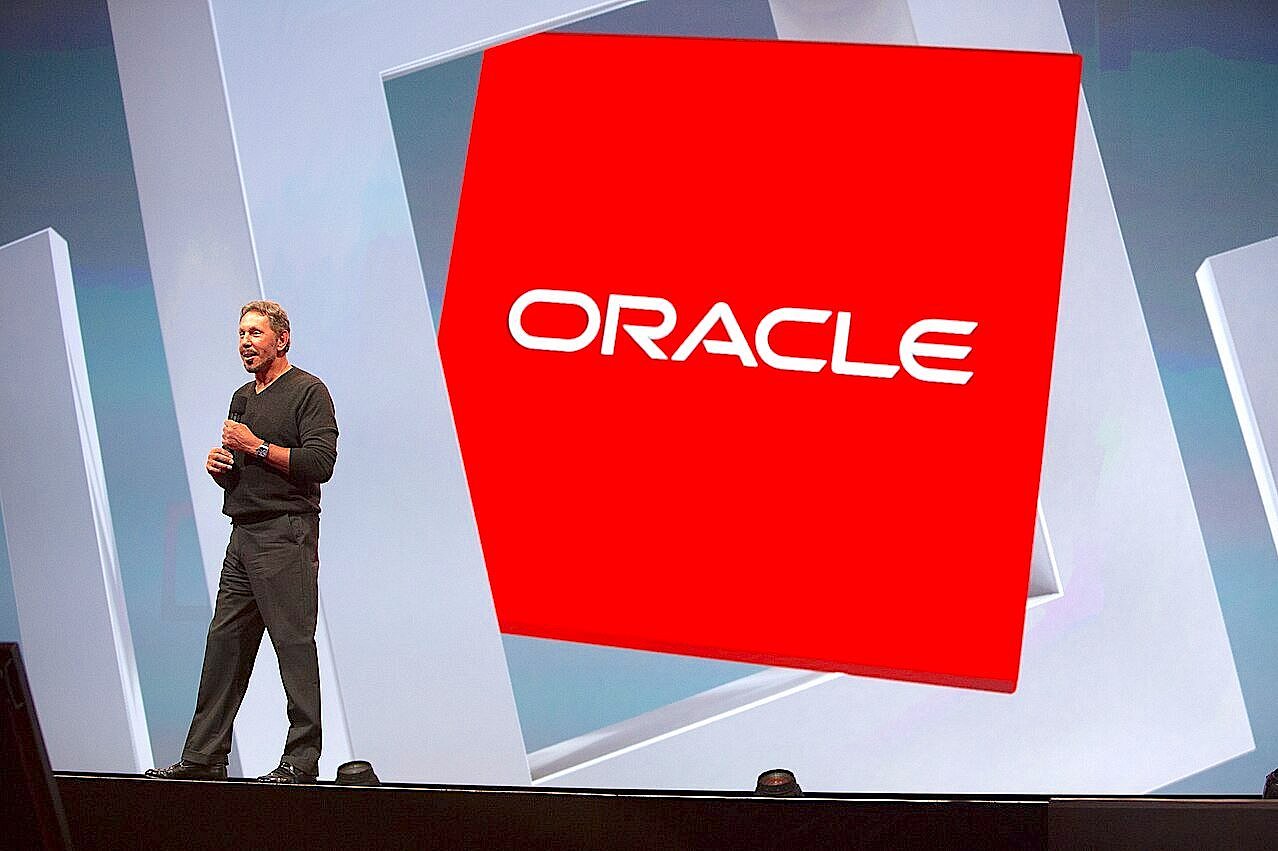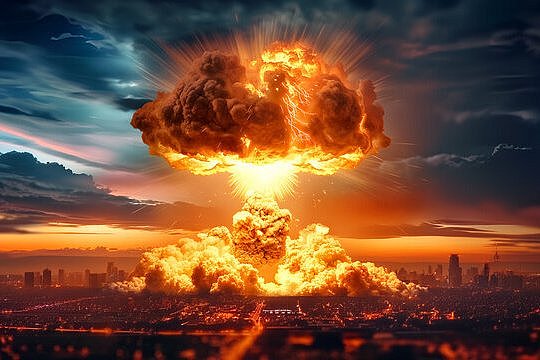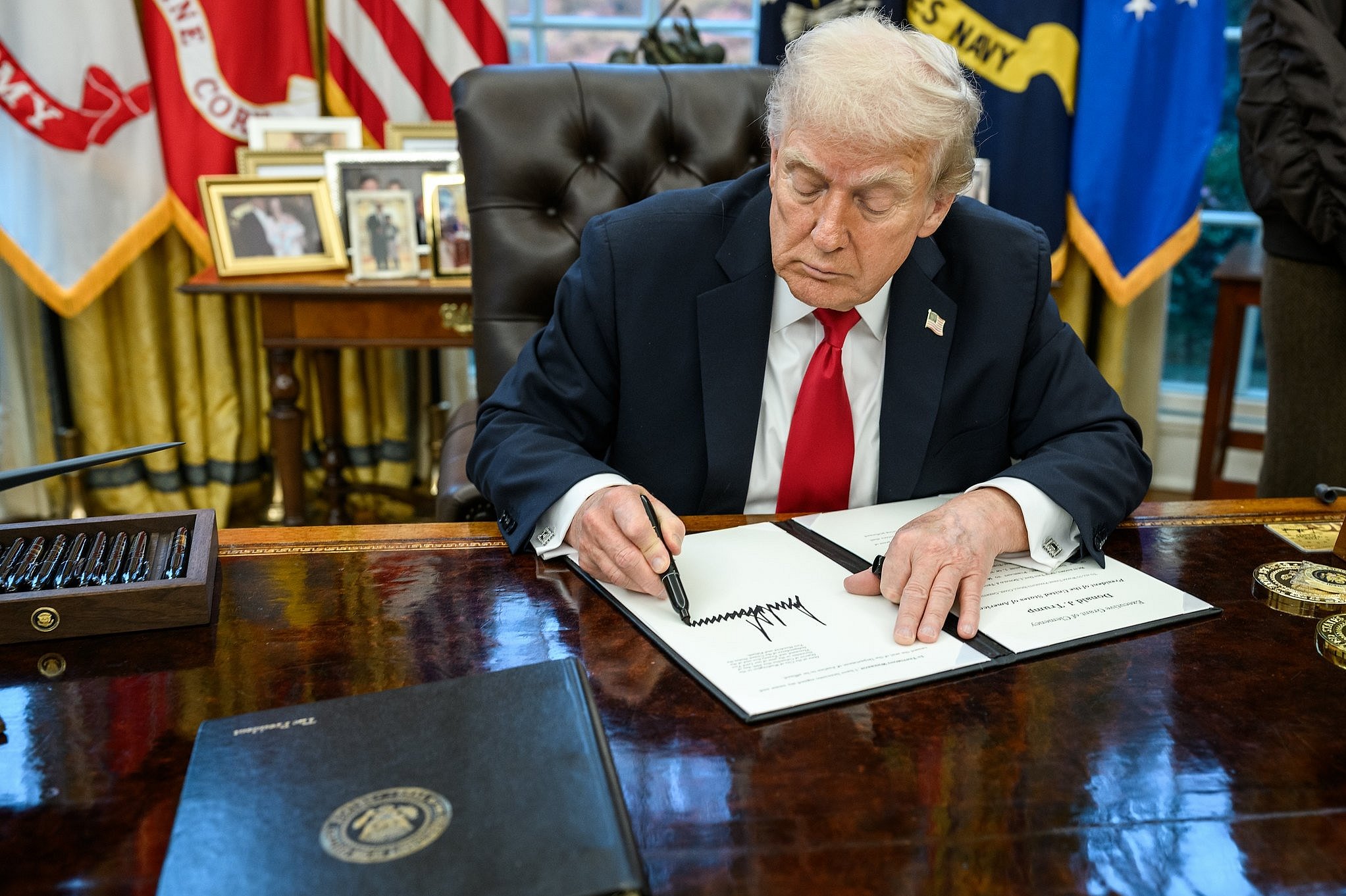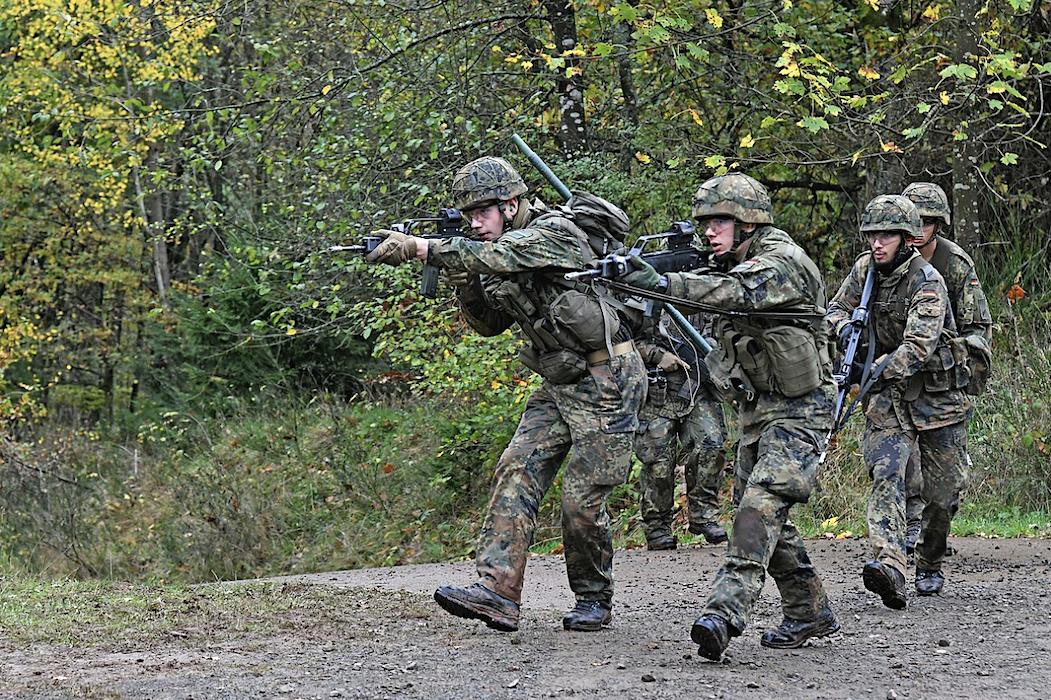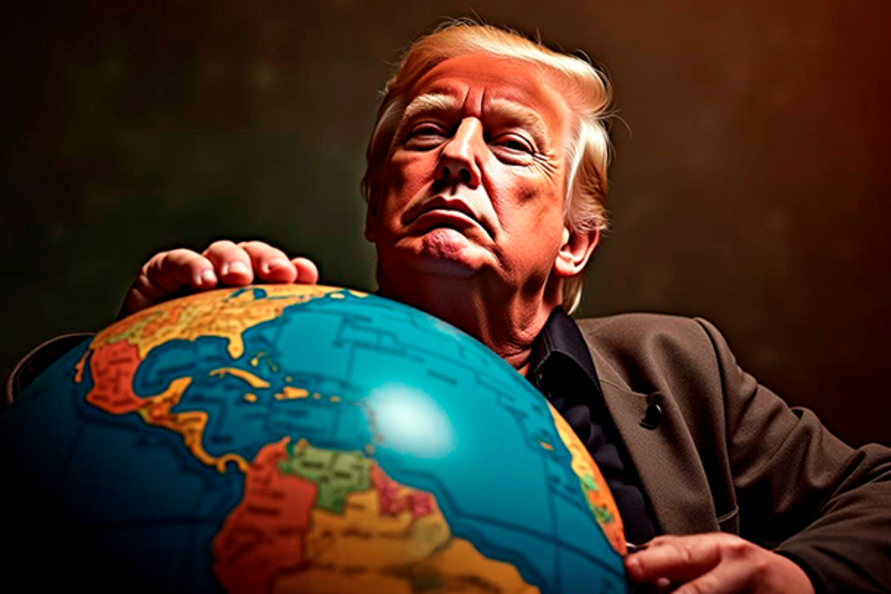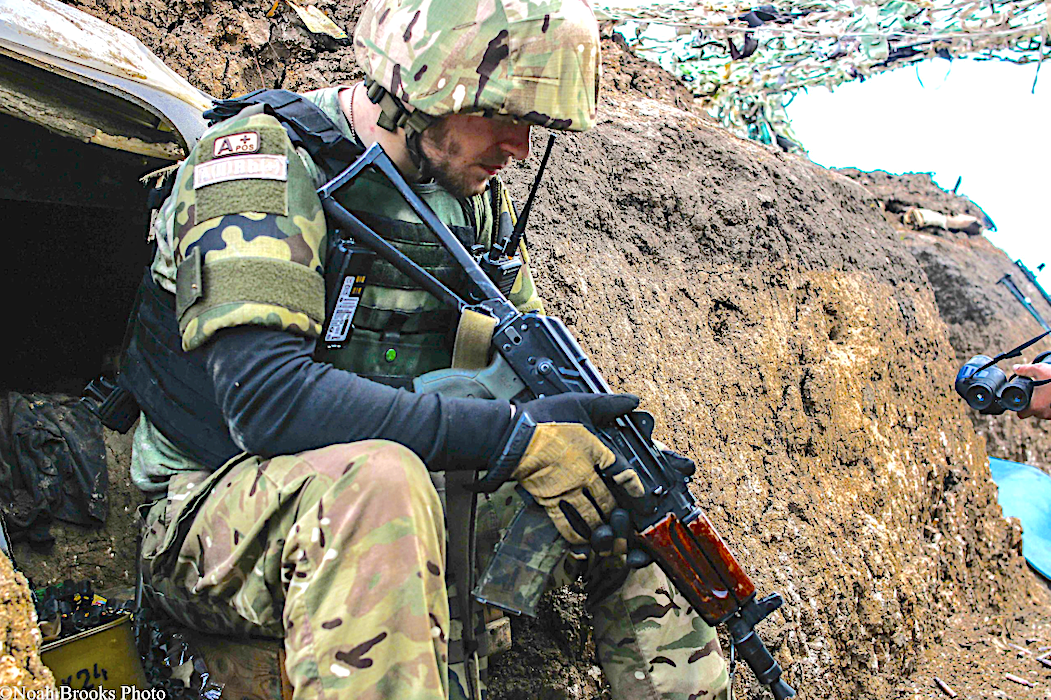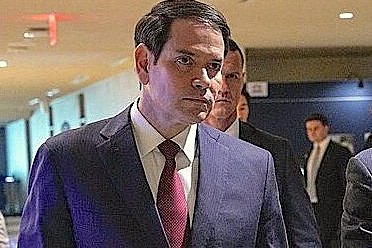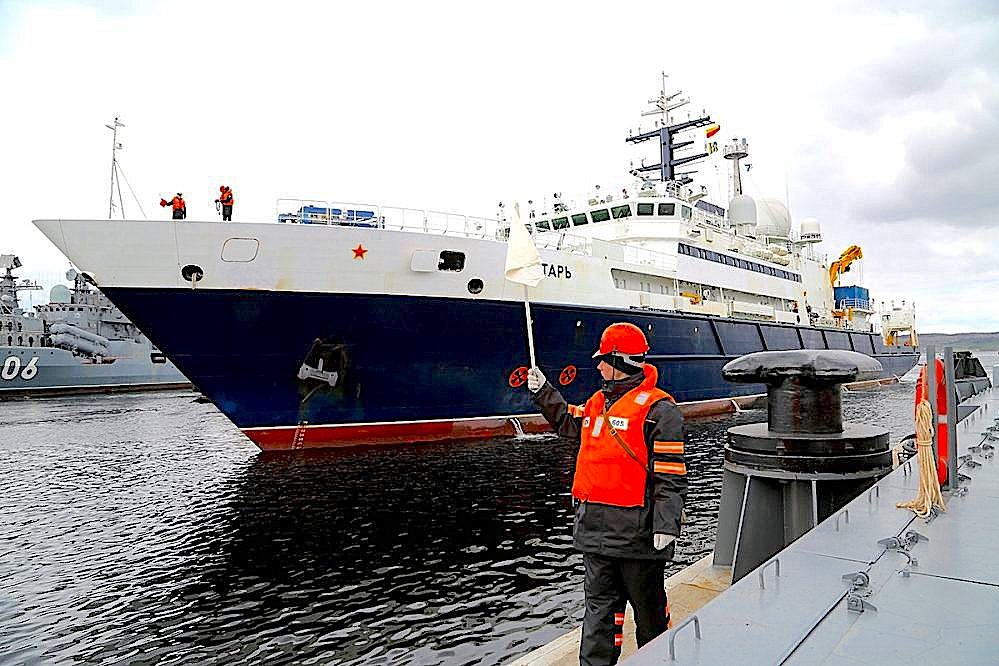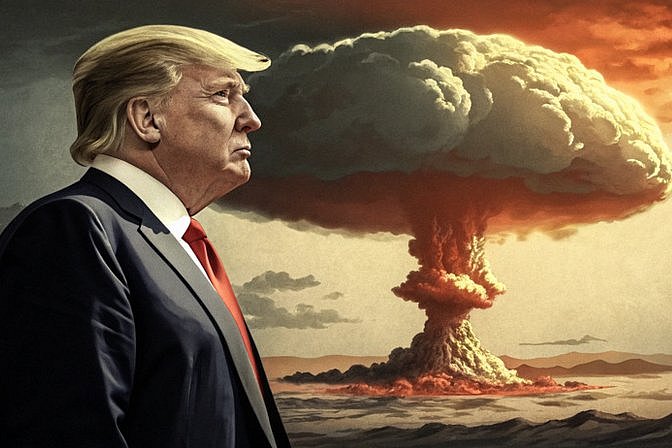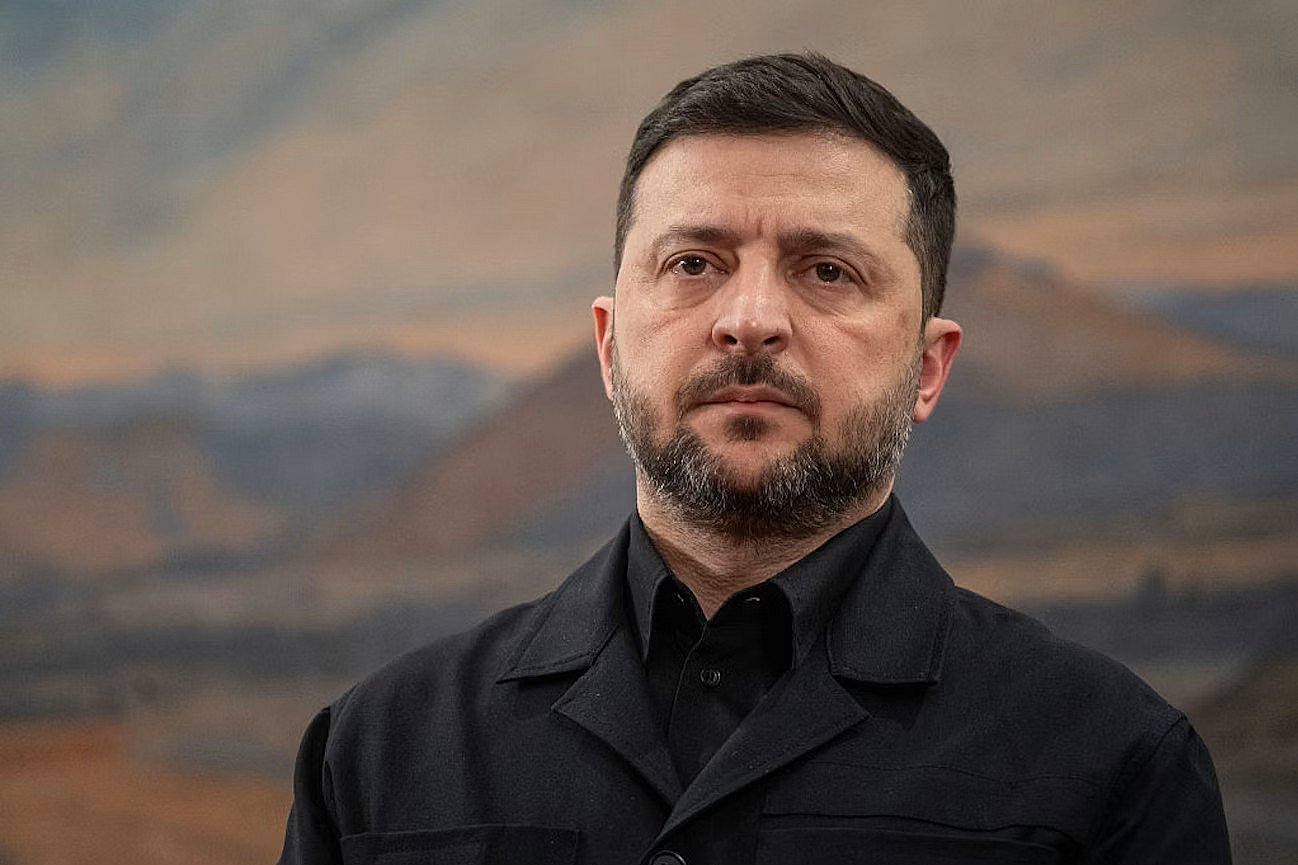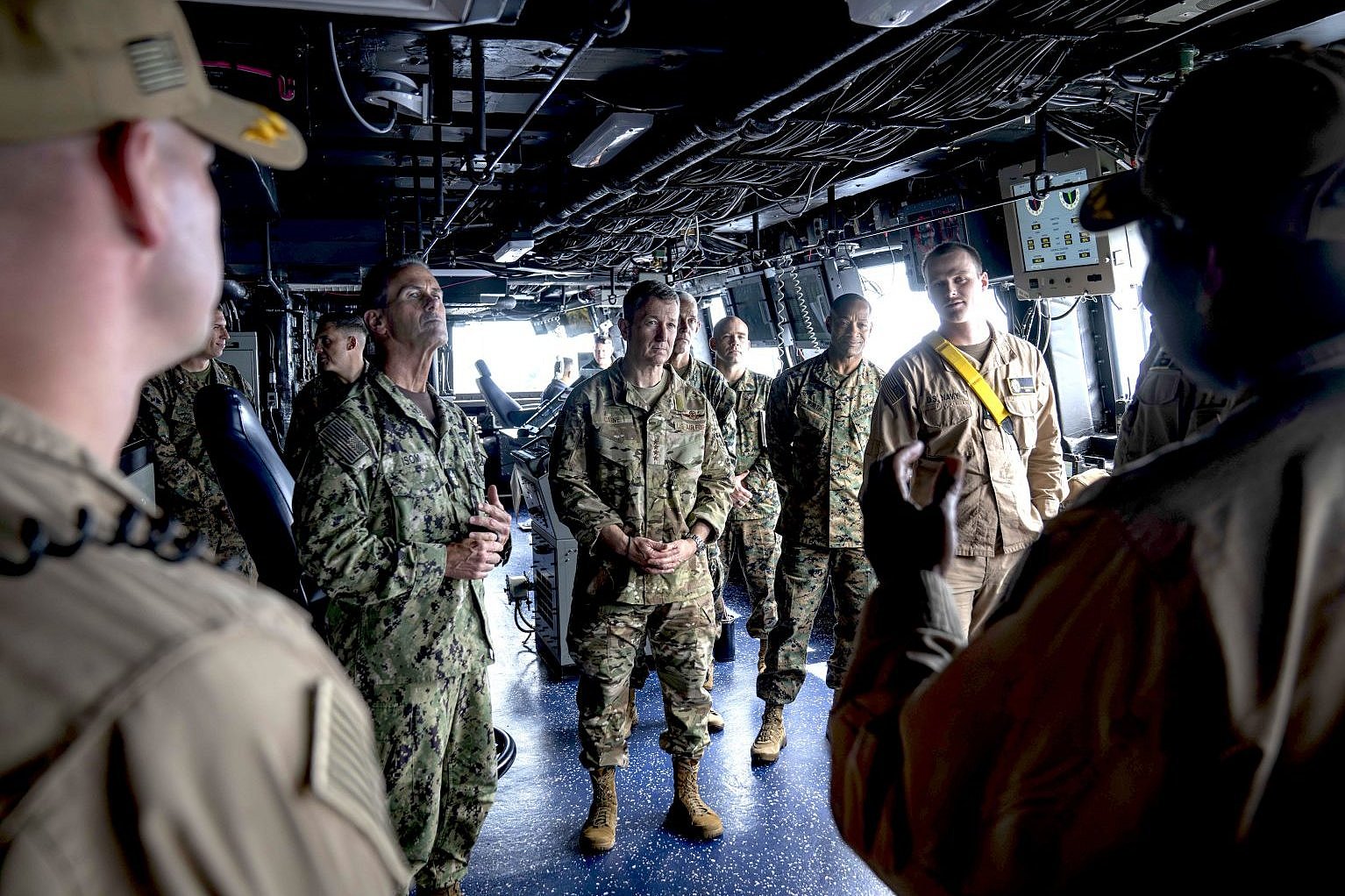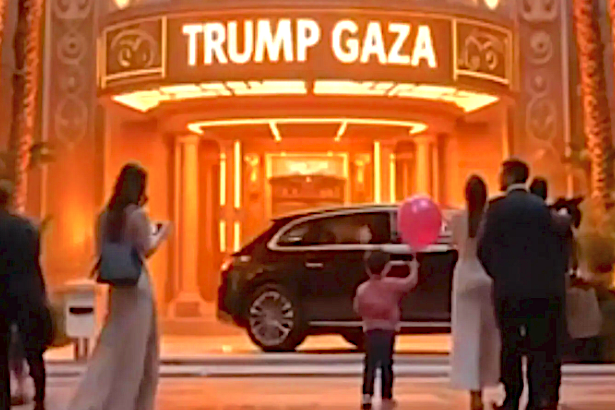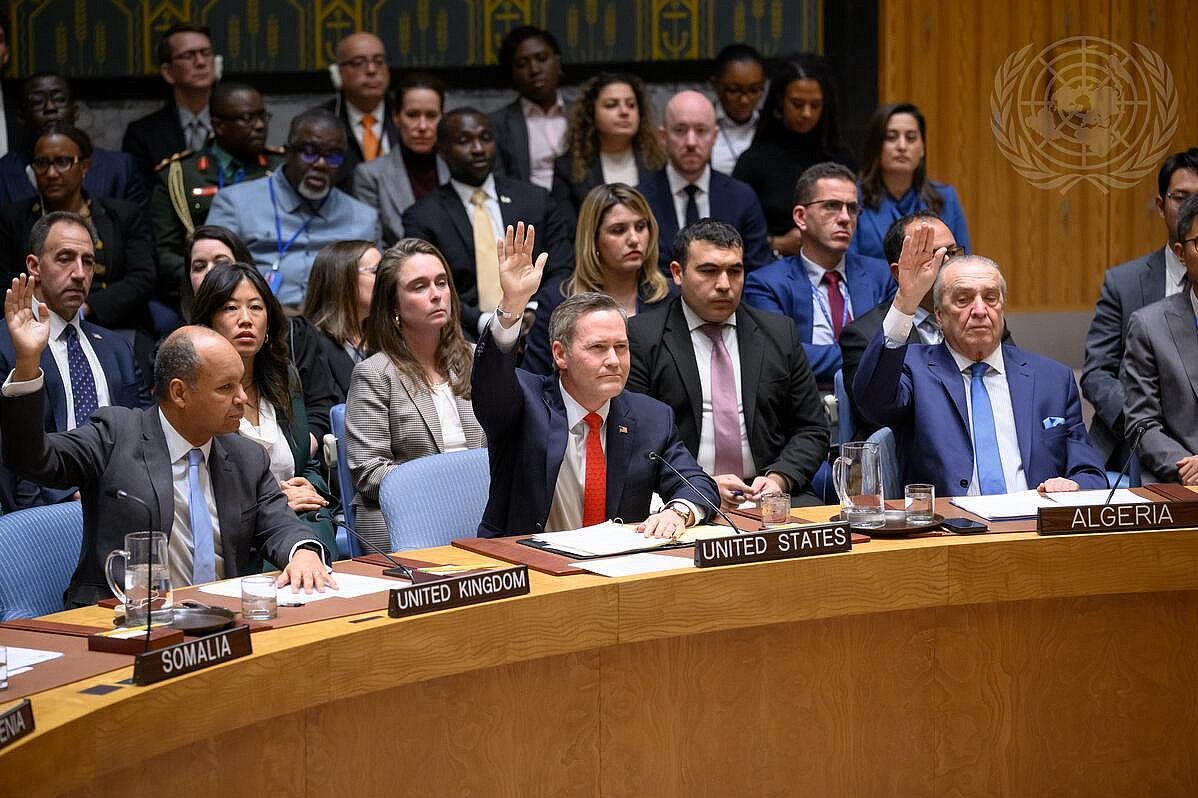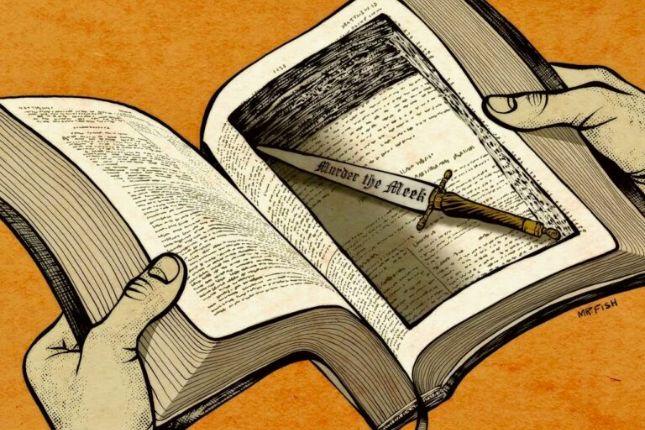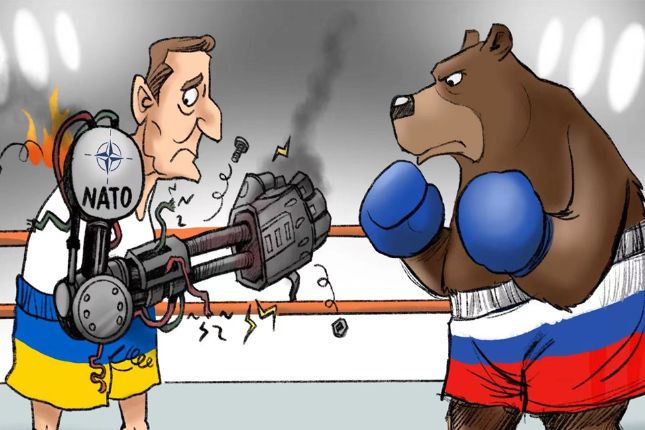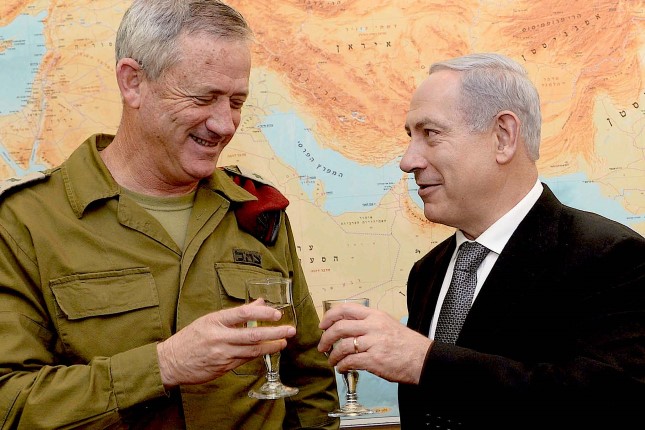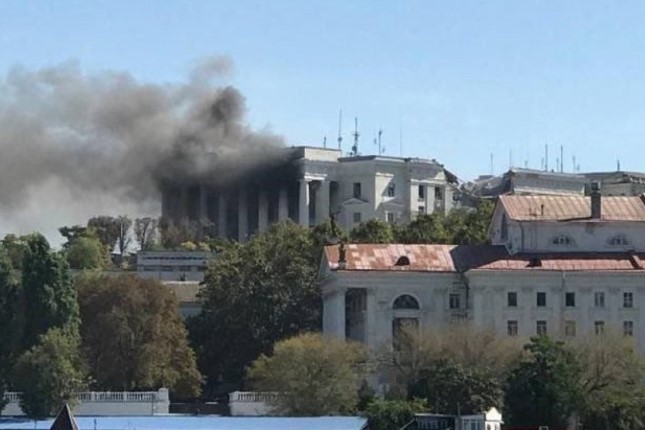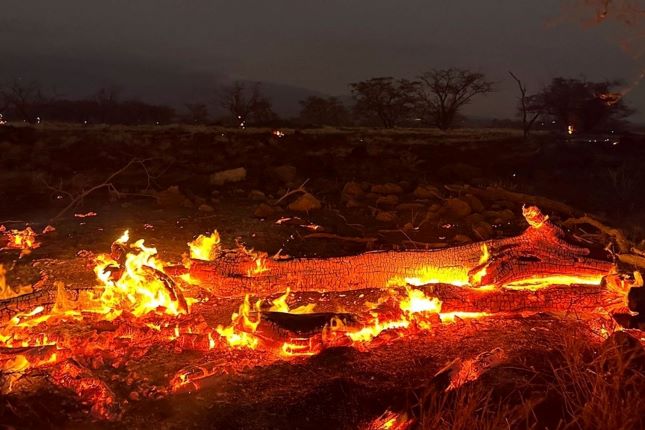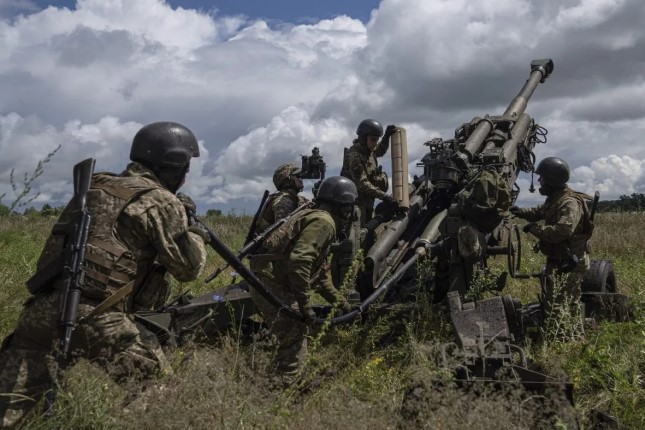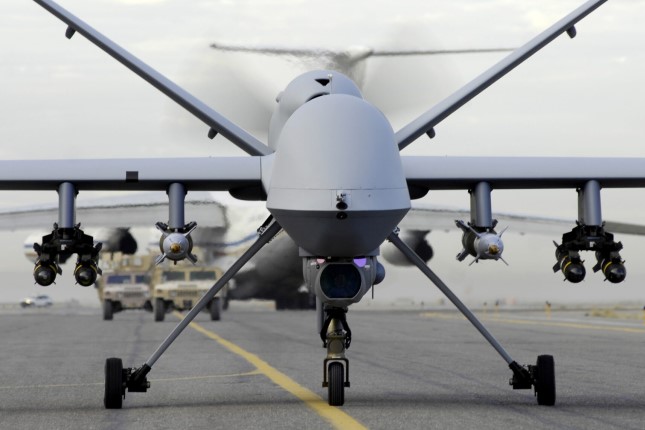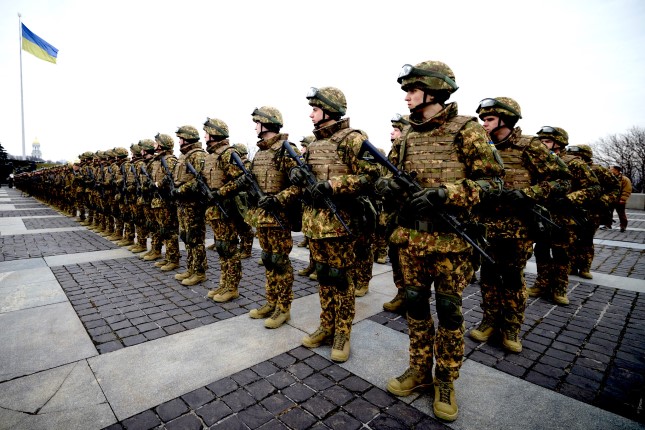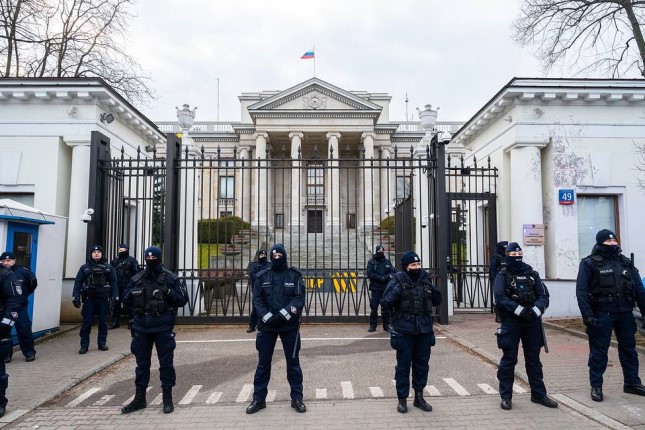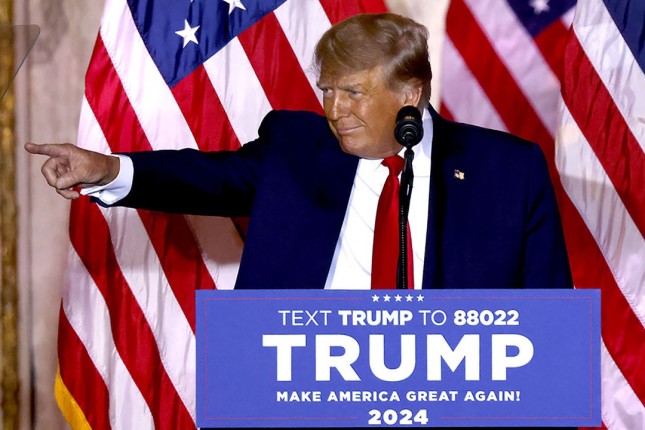The Russian Foreign Minister Sergey Lavrov came out of a meeting in New York on Sept. 24 with the U.S. Secretary of State Marco Rubio showing a thumbs-up sign as he passed journalists.
It was a confusing signal so soon after U.S. President Donald Trump publicly shamed the Russian military as a “paper tiger” and stunned European capitals that Ukraine could still “fight and win” all its land.
A charitable explanation could be that Trump was building the off ramp to hand the responsibility for Ukraine’s defence to the Europeans. He made a strong point that Europeans can and should do more.
That said, it is also noticeable that Trump’s initial sympathy for Russia has given way steadily to a more neutral position — a shift that accelerated last month.
British columnist Gerard Baker wrote in The Times that “Trump is signaling to Russia that he no longer has its back. But he has also made clear that Europeans can’t rely on U.S. support.” Moscow played cool initially, but realism dawned within the week.
While reduced U.S. involvement in Ukraine is a good thing to happen for Russia, it is far from an open and shut case that Trump won’t reassume NATO leadership.
The matrix is getting complicated, as NATO is not in step with the U.S. and Trump does not control NATO anymore, although NATO doesn’t amount to much without America. And neither NATO nor Trump controls the war.
Clearly, the U.S. appears to be growing more distant. This is an epic inflection point: in the American global order Europe flourishes and has the opportunity to become a geopolitical force in its own right but also risks becoming an afterthought in a fragmenting world.
Scott Bessent, U.S. treasury secretary who is close to Trump’s thinking, highlighted this paradox in an interview with Fox Business when he said, “As I told my European counterparts about two weeks ago, ‘All I can hear from you is that Putin wants to march into Warsaw. The one thing I’m sure of is that Putin isn’t marching into Boston.’”
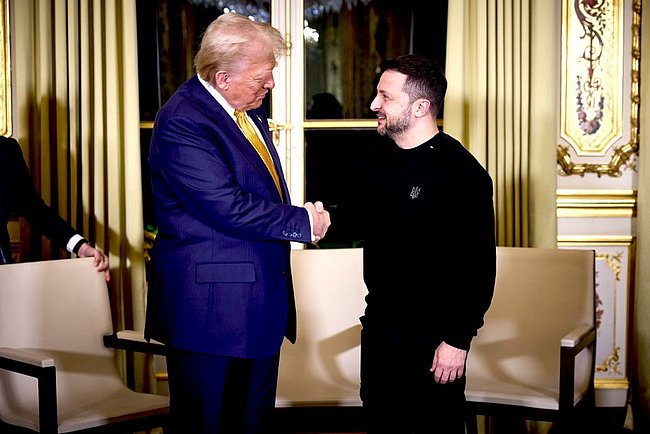
U.S. President Donald Trump with Ukraine’s President Volodymy Zelensky in Paris on Dec. 7, 2024.
Trump’s remarks about the Ukraine war and his invitation to the E.U. to be the ‘counterweight’ to Russia were by no means a spontaneous, emotional outburst. They came from long multi-layered strategy sessions over several weeks.
Indeed, by last Sunday, U.S. Vice President J.D. Vance was already revealing that Washington is considering a Ukrainian request to obtain Tomahawk missiles to Ukraine — a long-range, nuclear capable, all-weather cruise missile of technological sophistication and precision whose land-based version is in production.
Tomahawks, if inducted into the war, will give Kiev the capability to strike deep inside Russia. Moscow sharply reacted overnight to Vance’s remark, saying it would carefully analyse whether any Tomahawk missiles that might be supplied to Ukraine would be fired using targeting data supplied by the U.S.
A new dangerous phase of the war is beginning, which holds the risk of a direct Russia-NATO confrontation. Asked about Vance’s comments, Kremlin spokesman Dmitry Peskov said Russia was analysing them carefully. President Putin has previously stated that Western countries will make themselves direct parties to the war if they supply targeting and intelligence to enable Ukraine to fire missiles deep inside Russia.
Peskov said,
“The question, as before, is this: who can launch these missiles…? Can only Ukrainians launch them, or do American soldiers have to do that? Who is determining the targeting of these missiles? The American side or the Ukrainians themselves?”
Peskov added that “a very in-depth analysis” is required.
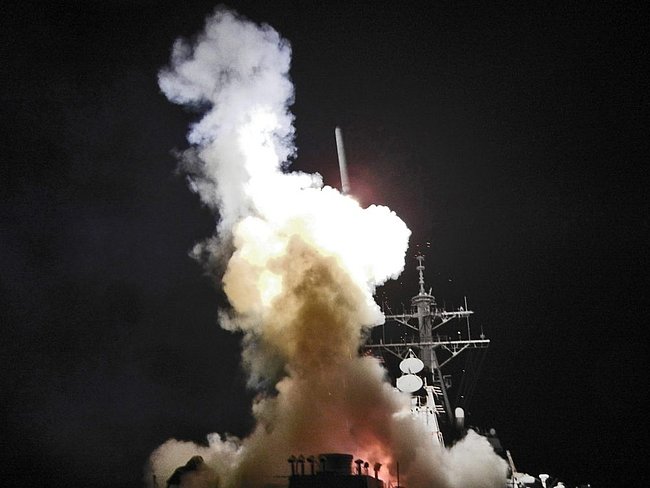
U.S. guided-missile destroyer targets Libya’s Mediterranean Coast, March 19, 2011. (U.S. Navy, Wikimedia Commons)
This is a moment of truth, since with Tomahawks arrival in the war zone, Trump will be climbing the escalation ladder at a juncture when indications are that Ukraine has strengthened its capability lately, launching a series of successful drone strikes against Russian refineries.
They triggered fuel shortages, driving gasoline prices to record highs and prompted Moscow to restrict exports to stabilise its domestic market.
The locus of the proxy war in Ukraine may altogether change going forward. Germany is willing to pay for the procurement of the Tomahawks. Russian expert opinion is that there is no magic weapon capable of changing the dynamic of the war. But beneath that high threshold, there are other compelling realities.
The West’s last throw of the dice may well be to stoke up social discontent within Russia, as parliamentary elections are to be held not later than Sept. 10, 2026. The West’s assessment, rightly or wrongly, is that the majority opinion in Russia favours an early end to the war.
The discords within the transatlantic alliance worked well for Russia so far. Also, Trump exhibited little appetite for military adventurism [except perhaps in Venezuela] or foreign entanglements. American foreign policy, once dominated by containment and the domino theory, had gone into reverse.
However, now it seems that although the White House ceased to be hostile, the U.S. will still continue to supply intelligence to Kiev and allow Ukraine to buy its advanced weaponry with the Europeans footing the bill.
German Chancellor Friedrich Merz wrote in the Financial Times two weeks ago urging the E.U. to transfer Russia’s frozen reserves (roughly $300 billion) to Ukraine exclusively for procurement of weapons. It effectively means Ukraine should be able to hold the line.
The crunch time comes when or if NATO toughens its rules of engagement on its eastern flank to make it easier to shoot down intruding [alleged] Russian aircraft. No doubt, the alliance has become firmer in its messaging towards the Kremlin over past week.
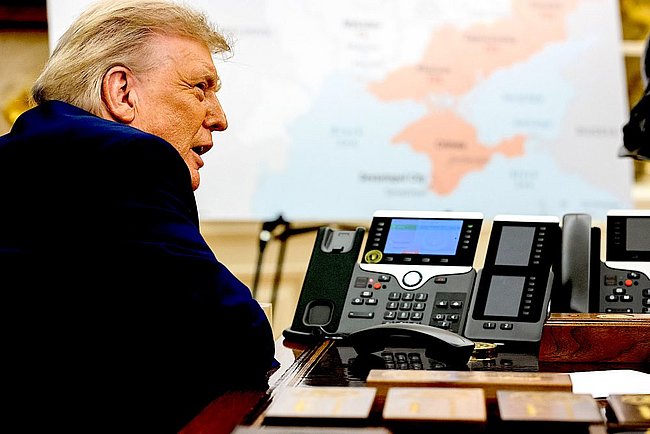
President Donald Trump on a phone call with Russian President Vladimir Putin at the White House on Aug. 18, 2025, before the U.S. president met with with Ukraine’s President Volodymyr Zelensky and European and NATO leaders in the Oval Office. (White House/Daniel Torok)
But there are indications also that Washington and Moscow are communicating. Neither side is looking for confrontation. As things stand, it is very much possible that Trump may not agree ultimately to the supply of Tomahawks to Ukraine.
On the other hand, in the changed circumstances and growing uncertainties about a negotiated settlement, Russia may be left with no option but to go all out for a military solution. After all, even if there is going to be a negotiated settlement on paper, it may not add up to much.
The so-called Helsinki Accords (1975) were painstakingly negotiated through a two-year period in Geneva and every European country, and the U.S. and Canada signed it, but exactly one year later, this was what Henry Kissinger told President Gerard Ford:
“We (U.S.) never wanted it but went along with the Europeans … It is meaningless — it is just a grandstand play to the left. We are going along with it.”
In the final analysis, all that the Helsinki Final Act achieved was to draw international attention to the human rights situation in the Soviet bloc and open ties between the East European countries and Western Europe, which of course led to the rise of the Solidarity movement in Poland and an overall loosening of the cohesion of the Warsaw Pact, which culminated in the collapse of the Berlin Wall.
Source: Consortium News.
